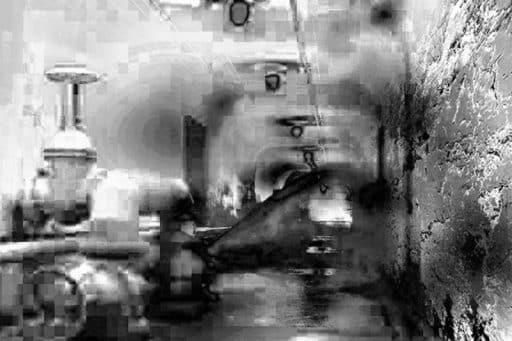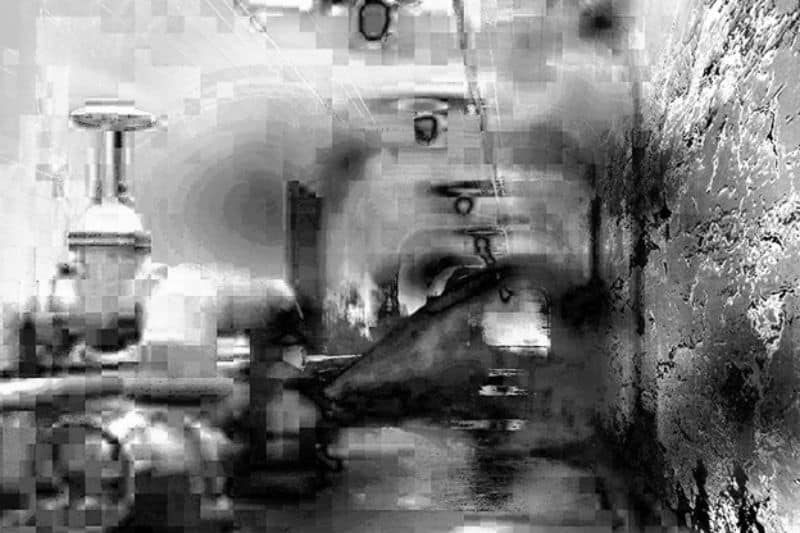Different techniques and different original images could be used for forgery creation. And different techniques leave different traces on images. There is no universal method working for all cases.
In our previous articles we already discussed ELA and showed some of its limitations. So what methods can be used if ELA doesn’t provide results?
In some cases principal component analysis (PCA) can be used to detect forgery. Unlike ELA, PCA is universal method of static data analysis. It’s used for analysis of common factors in different fields. Principal component analysis is a statistical procedure that uses an orthogonal transformation to convert a set of observations of possibly correlated variables into a set of values of linearly uncorrelated variables called principal components [1].
In fact PCA provides a different view on data of the image being analyzed. This allows an examiner to find mismatches in different parts of one image easily. For example, colors – it usually don’t evoke suspicions. Compressions artifacts also become more recognizable.
Let’s look at this forgery example:

The first principal component almost the same picture:

But the second principal component shows recognizable differences between parts of the image:

It’s clear that puddles on the floor and relief of the wall in the right have more details, than the pipage, the left wall and the ceiling. Lots of blocks in left and upper parts of the image shows high level of compression.
Forgery in this image can be detected using ELA too, but there are lots of other images where ELA won’t work.
Sources:
- Wikipedia. Principal component analysis.
- SMTDP Technology






